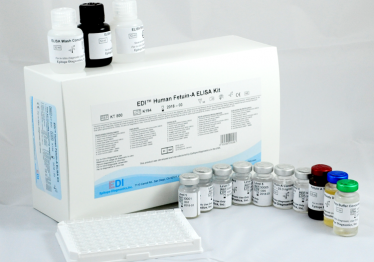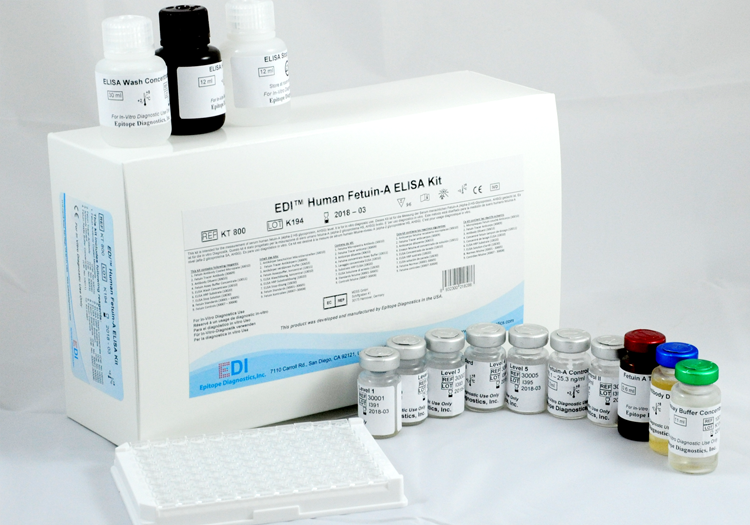Background
This CLIA is designed, developed, and produced for the quantitative measurement of Toxin Aantigeninfecal samples. The assay utilizes a two-site “sandwich” technique with two antibodies that bind to different epitopes of Toxin A antigen.
Assay calibrators, controls, or extracted patient fecal samples are added directly to a reaction vessel. Simultaneously, a biotinylated antibody, a streptavidin coated magnetic particle and subsequentlyanacridinium ester conjugated antibodyare added to the vessel. The magnetic particles capture the biotin antibody as well as an immuno complex in the form of “magnetic particles – biotinylatedanti-Toxin A antibody –Toxin A antigen– acridinium ester conjugated anti-Toxin A antigen antibody”.
The materials bound to the solid phase are held in a magnetic field while unbound materials are washed away. Then, the trigger solution is added to the reaction vessel and light generated by the reaction is measured with the ECL100 or ECL25 analyzer. The relative light units (RLU) are proportional to the concentration of Toxin A antigen in the sample. The amount of analyte in the sample is determined from a stored, multi-point calibration curve and reported in fecal C. Difficile Toxin A antigen concentration.

